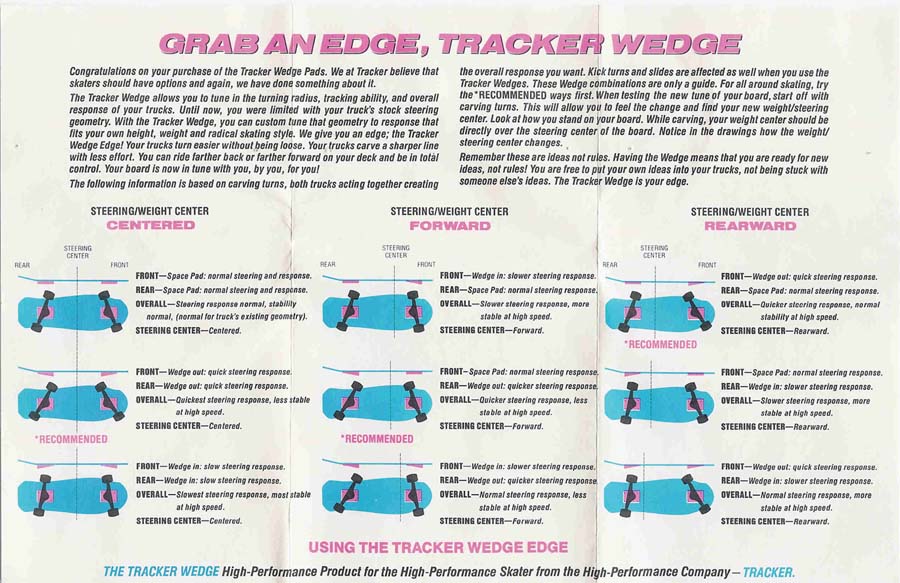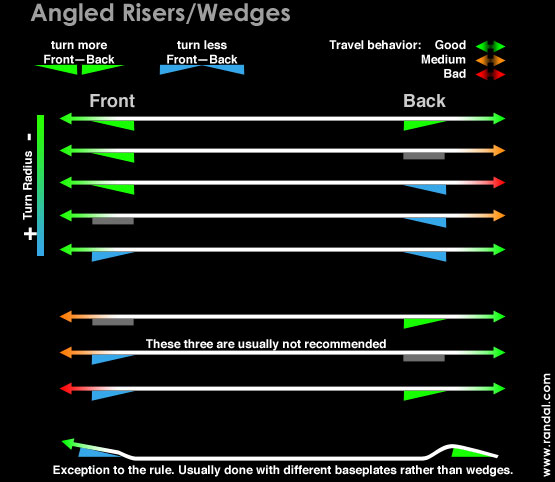I think he disassembled it to build a prototype for this 
I did indeed scarificed it for parts at the moment. But will commence the whole project with my carvon build, should be finalised in the next 2 weeks. heavily imporved the recording, have also 2 drones I could mayby implement one day. I haven’t forgotten about this thread, still a major intrest to me. But uni, live and low bugdjet happened. 
Sweet, thanks for the update.
I’m happy to see that someone is taking up the job of informing eskate users on downhill and free ride technique. It was strange not to see more discussions on turning your tucks with the proper bushing for your weight, wedging and dewedging your trucks to fool with your truck geometry. Downhill forums often have long threads about truck tuning. I haven’t been on a eskate yet; I’m waiting on a battery pack, and am interested to see if I can do a standing slide on it. Ive easily hit faster speeds on a regular skateboard downhill then I expect my eskate to be to be able to hit. Bellow are some links on wedging your tucks.
This is such a great read! You’re spot on. Thank you for taking the time to lay it all out.
This thread should be pinned to the introduction thread and a mandatory read for new members before they can post questions.
In fact, can I link to this thread from my site’s resources section?
Yes!
The more people it hekps the happier I am!
Since its apparently still of intrest to some and I have a couple boards running again I will pick up where I left it. Spring early summer is allways super busy since freeride/downhill season starts. And even though both sports have the board part in common, the communities hardly ever meet. So I wasn’t esk8 that much, but will get a few sessions in hopefully with usable content this time. Had the pleasure of doing some technical training with Patrick Schwitzer even, so I got to know proper teaching methods.
I will mainly focus on stoping and movement in my first update if that allright with all of you.
I would suggest that learning how to fall is one of the most important skills you can have.
When teaching my kid to skate, because he wants to go a 100 mph everywhere, I put him on a driveway that had grass at the end and had him run the board into the grass for experience. We started out slow and then gradually went faster until he learned that holding your arms straight to brake your fall really frikkin hurts, keep those arms bent.
When you’re going to fall you are either going to be able to run it off or not, when NOT learn to roll. If you are falling backwards, twist and roll, and tuck your head in.
It takes practice just like anything else, being bad at something is the first step to being good at something.
Good point. That is actually an important skill. Falling will eventualy happen. Problem here is, if I fall which happens multiple times every week, I either slide it out on my pucks and shoes, on my knee guards or roll over on my backprotector and slide on that. I would argue that rolling is super dangerous at certain speeds since you cannot controle the direction (and that is somewhat important on mountainpasses ;)). But I think that is something I should go over. But again I might not be the best reference since I am allways crazy overdressed when it comes to protectors and therefore I am used to take full advantage of them when falling.
This is one of the most useful things I have ever read on the forum. I am millimeters from impending injury every second I am on my board. The last time I was on a skateboard the Berlin Wall was still standing, gas was 88 cents/gal, and Madonna was considered to racy for TV (all 3 channels). Even then, it was a penny board and I just rode it hanging on to a rope tied to a bicycle seat (thanks, Michael J. Fox). So THANK YOU from both me and the other participants in my group health plan.
I can dig that, most people are a little more laid back in their skating style, meaning no pucks or knee guards or back protection. We all prolly should, but most of us don’t. Knowing how to fall before you ARE going to fall keeps the fun going  .
.
You make a good point. Using the implementation you choose to wear is very important. Also, Low speed falls can be easier to tumble out of than high speed. You really need to try to maintain control in high speed falls.
I linked you from my site!
I use a motorcycle jacket and a helmet but when you fall you still feel it, you just don’t end up as bloody. I’m thinking of following your example, and get better downhill gear. Interested if you have any ideas about remote compatible puck gloves?
I’ve been trying to figure that out for a while now. I’d like to try and mount a puck on the bottom of the remote, but I’m not sure if it would create issues with the vibration. Basically, if you make a fist, the remote is inside your grip and the puck is at the bottom of your fist. It would take some getting used to, but I think it could work for right hand turns.
In all honesty, if and when I take a spill, that remote is going to get used like a puck anyways. I ride with a puck on my left hand and then a slide glove with no puck and the thumb cut out on my right hand.
Mostly I wear both gloves but have only one puck. Allows me to emergency slide and to catch my falls. But when riding hard in the paint or during winter, I used the ticket holder from skiing on the remote, so when I fell I let go of the remote and it “zipped” to my waist. Also depends on the remote. With a nano it is absolutely possible to use it with a puck.
The thing I played around in my mind is 3d printing a different form for a g2b mod out of ABS and ataching a puck onto it. But so far nothing concrete.
I have to admit, I never played around much with angled risesr on my DH set up. I did put them on my E-board though. I have just been blessed with trucks. I run 45 / 30 degrees already so no need to ever use Wedges  But also a valid addition I will add. I feel weird only doing small updates on this thread so I am waiting until its finally dry here to pile up some information.
But also a valid addition I will add. I feel weird only doing small updates on this thread so I am waiting until its finally dry here to pile up some information.
I just pick up hard rubber wedges for my first build. I hope they help cushion the ride a bit.
I just ordered my first set of angled risers! I get a little wheel bite on my 36" cruiser but I’m hoping they help!
I think CarvOn had some ideas about this, im not sure are they going to implement such a remote later on but you can check some of their vids where they should show the concept… perhaps a few ideas might stuck with you for this option.
One thing that I think is often overlooked is HOW to fall, because it’s not a matter of if you’ll fall, but when you’ll fall. The biggest thing (for me at least) is to stay as loose as possible, and also resist the urge to put your arms out in front of you. Putting your arms out will likely lead to you doing a scorpion, smashing your face, and probably broken bones in your upper extremities. I’ve never downhill long boarded, but I have snowboarded for 25 years, and I feel like that experience has been invaluable to me, because falling on snow and ice (while not as damaging as concrete) at upwards of 80 mph can still definitely fuck you up. When I ate shit going 20 mph on my board, the muscle memory kicked in and I rolled out of it with only a scraped elbow. Unfortunately, it’s not practical to practice falling off your board at high speeds on, and it’s not likely somebody will remember what to do when the time comes unless they have experience with it, but I still think it should be talked about more than it is.

